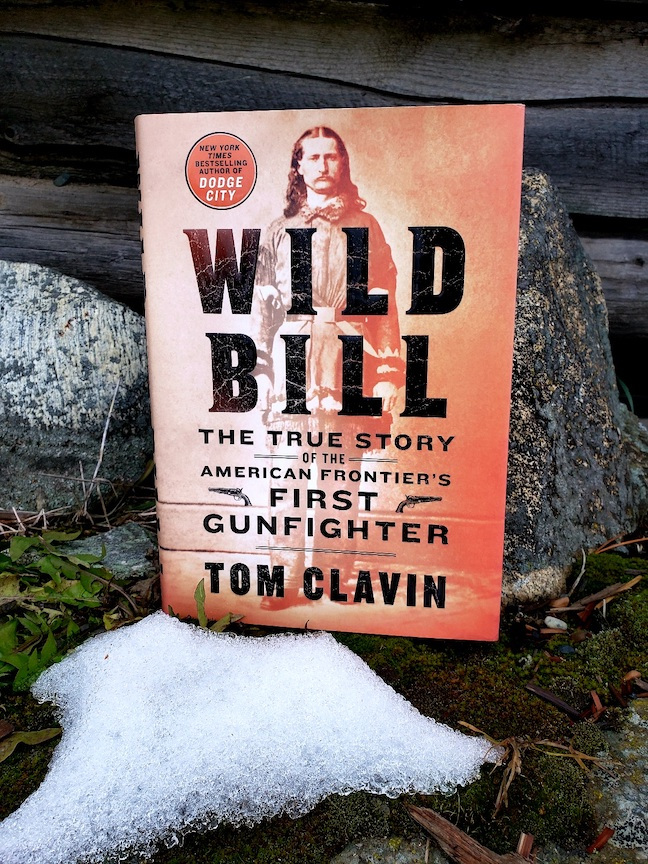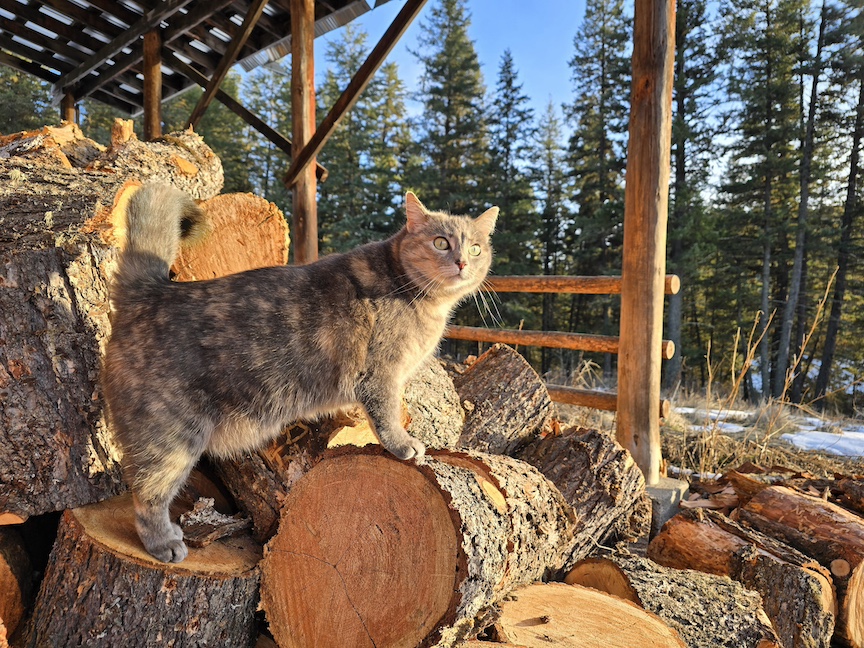Author: Tom Clavin
Published: 2019
Mood: If you don’t like to get too riled up with your bedtime reading and want a biography with no action or suspense and a lot of tangents that will lull you into a gentle sleep.
“The definitive true story of Wild Bill, the first lawman of the Wild West, by the #1 New York Times bestselling author of Dodge City.”
That’s what Amazon said. That’s what got me excited. The description goes on, “Bestselling author Tom Clavin has sifted through years of western lore to bring Hickok fully to life in this rip-roaring, spellbinding true story.”
I mean, who doesn’t want to read a rip-roaring story? That’s literally why I read Western novels. There are tons of great reviews on the back of this book, too, from the big league literary press.
But Wild Bill is the opposite of rip-roaring. And it’s only spellbinding if the spell traps you in the gentle, ho-hum numbness of a mild antidepressant. There was no point in this book where I was so excited that I had to turn the page – in fact, for a whole week I kept falling asleep after just 1-2 pages.
It’s technically a good book. The research definitely deserves an A+. So what is it about Wild Bill that made me give it a measly three stars on Goodreads? Bring on my opinions!

The first pages of Wild Bill: The True Story of the American Frontier’s First Gunfighter kick off the story of how James Butler Hickok ended up in the first recorded incident of a quick-draw duel, and became one of the West’s most famous gunfighters.
As you’re reading it, you’re like hot damn! Opening with a gunfight is a great sign.
But then, like many biographies before it, the story leaps back in time to his father’s childhood. It weaves slowly through Bill’s youth, and various early positions as a Union soldier. After 100 pages you suddenly get a reminder that this was all a flashback to that gunfight over a pocket watch.
That is a HUGE f*cking flashback.
This kind of meandering narrative that disconnects events and ideas by whole chapters is exactly what lulled me to sleep night after night. Each time a new character is introduced, you dive down a tangent into THAT person’s history. These can last anywhere from a few paragraphs to the rest of the chapter.
Part of the reason is likely to do with the fact that if this was indeed simply the true story of Wild Bill Hickok, it would have been about 50 pages long.
The author admits, frequently, that little is known about Wild Bill.
- He was rarely photographed – the photos in the centre of the book are mostly of other people, or drawings of Wild Bill; he is in just two of the photos
- So many tall tales were invented about him that in his adult years he started repeating them himself
- The people around Wild Bill were also known for exaggerating (the enamoured reporters and general public) or outright lying (Calamity Jane)
- Records from that period are notoriously difficult to find or trust – few people kept diaries because of literacy issues, newspaper stories could be fake or at least heavily biased, letters between people could be embellished tales or lies to protect loved ones, and tons of ‘documents’ contain misspelled names that may or may not have actually been the right person!
As a result, for every fact you get in Wild Bill, you get a heaping dose of passages that start with “He may have…” or “He must have…”.

Another challenge with reading Wild Bill arises when he befriends Buffalo Bill. Then you have pages referencing both Wild Bill and Buffalo Bill, and occasionally going down a path into Buffalo Bill’s history or recorded memories that you might mistake for Wild Bill’s until you re-read the page.
If you like U.S. history, and particularly military history, you’ll love the middle of the book. I admit I zoned out from all the name-dropping; I’m pretty sure I was supposed to know who all these men were in all these battles, but I didn’t, and I spent a lot of time just waiting for another mention of WILD F*CKING BILL, the guy on the cover of the damn book.
I had thought with Wild Bill’s work as a scout those parts would read like thrilling fiction, but they didn’t. It was more like a record of who was there and what happened (and what you might have heard happened but didn’t). I get that there are no details because none were available, but it would have been awesome if there was stronger creative writing in there, like in Aloha Rodeo.
The weirdest thing I got from reading Wild Bill is that everybody objectified the dude! Men, women, the works. Almost every second quote from a historic figure who met Wild Bill and wrote about him focuses on his physique.
- “He walks like a tiger and, aroused, he is as ferocious and pitiless as one.”
- “The shoulders of a Hercules with the waist of a girl.”
- “Physically, he was a delight to look upon. Tall, lithe, and free in every motion, he rode and walked as if every muscle was perfection.”
- “A chest whose breadth and depth were remarkable. His small round waist was girthed by a belt which held two of Colt’s Navy revolvers. His legs sloped gradually from the compact thighs to the feet.”
One of the things I’ve always liked best about photos of Wild Bill was that he did look like a dandy. He was apparently teased by friends for his daily baths, and his love of strolling through town sporting a Prince Albert frock coat. And he didn’t give a f*ck.
For most of his short life – he was shot in the back at 39 – nobody dared mess with him. His reputation allowed him to talk nefarious men into lowering their guns, to turning down hit jobs on him, and to just plain steer clear.
Maybe there was a shortage of good-looking guys, who knows. I definitely appreciate good hygiene. I was just surprised to learn that so many people spent so much time thinking about his hot bod.

I will say that the final chapters of this book REALLY made me appreciate Keith Carradine’s performance as Wild Bill in Deadwood. In my review, I commented that he looked terribly weighed down by life. According to real conversations with the real Charlie Utter and letters to his wife, he was seriously exhausted. With failing eyesight and a perpetual target on his back, it’s no wonder he was having premonitions of his own death in Deadwood.
There’s nothing outright wrong with Wild Bill: The True Story of the American Frontier’s First Gunfighter. It’s just nowhere near the rip-roaring good time I was promised.
I still recommend reading it to bolster your knowledge of Western frontiersmen, and to clear up everything you’ve heard about Wild Bill – especially from Calamity Jane. But just know that what you’ll be left with is a significantly dimmer picture of Wild Bill than you had before.


